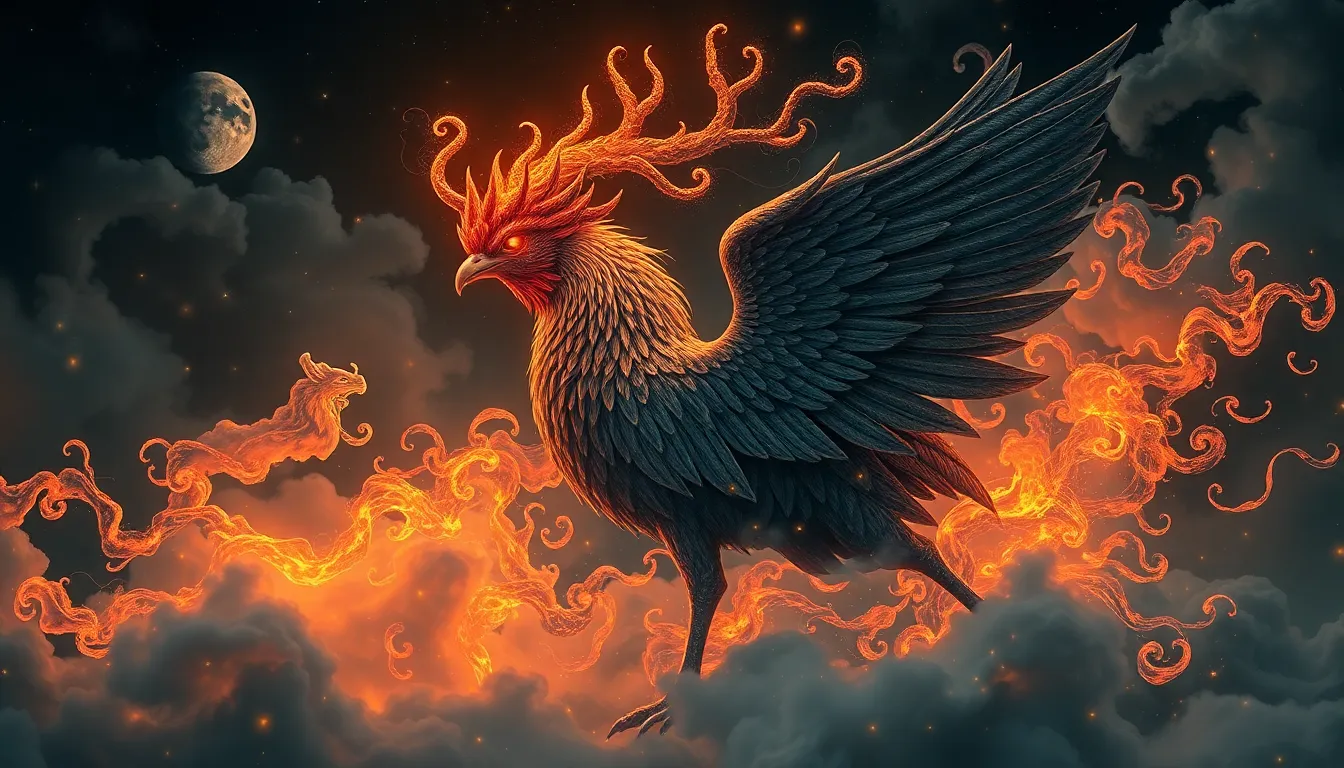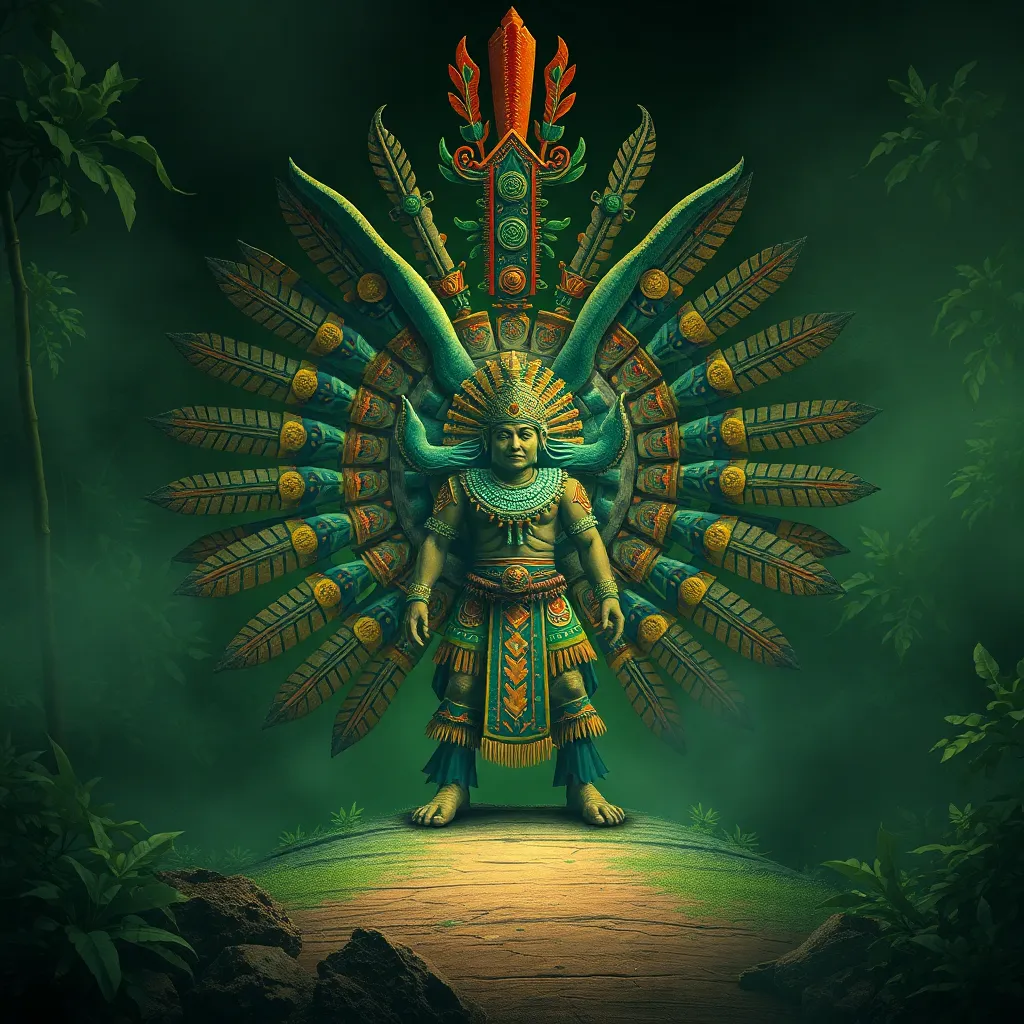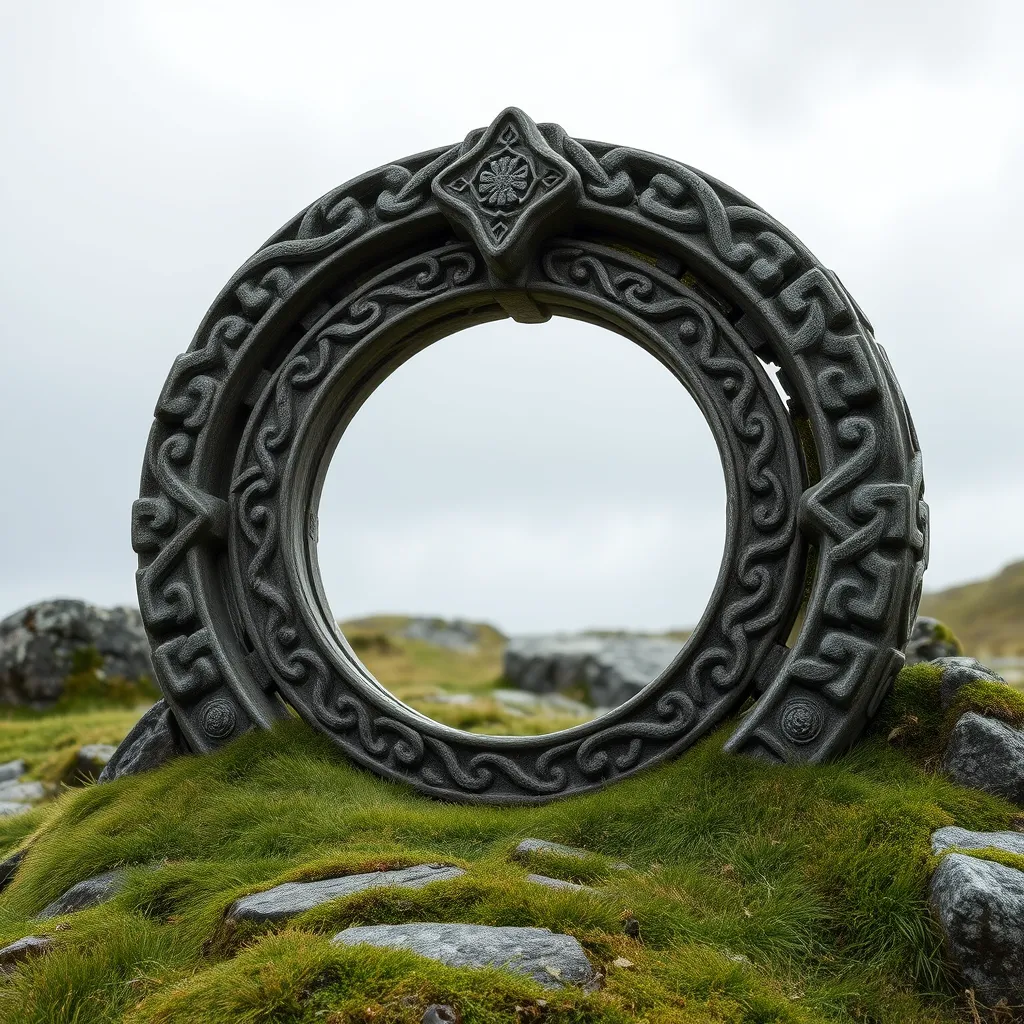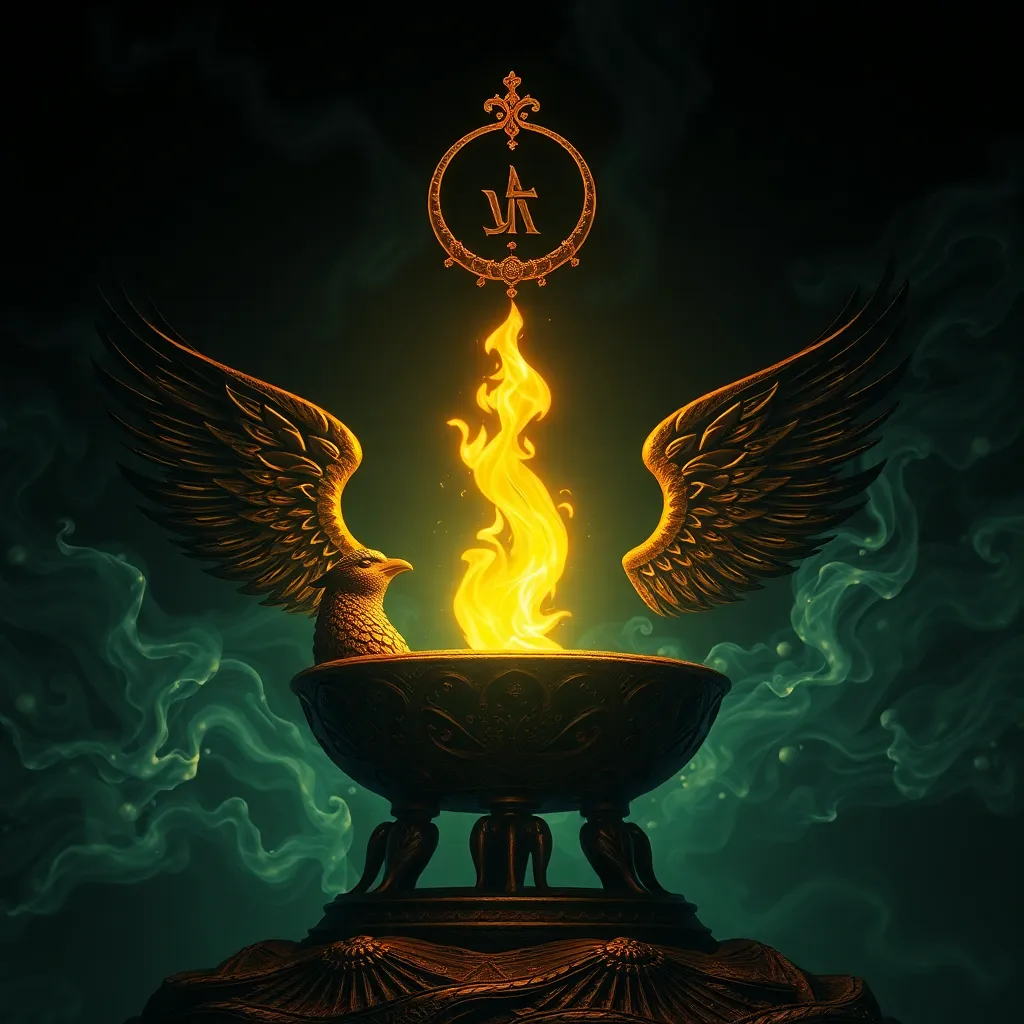The Simurgh in the World of Art: A Visual Exploration of its Imagery
I. Introduction
The Simurgh is a mythical bird of immense significance in Persian mythology, often depicted as a benevolent and wise creature. It is usually portrayed as a large, colorful bird, with features reminiscent of both an eagle and a peacock, symbolizing purity and wisdom. This majestic bird is not just a fantastical figure; it holds a deep-rooted place in the cultural and spiritual landscape of Persia.
In Persian mythology, the Simurgh embodies various themes such as renewal, healing, and the connection between the earthly and divine realms. It is a creature that transcends time, appearing in ancient texts and continuing to inspire contemporary art. The purpose of this article is to explore the various artistic representations of the Simurgh throughout history, examining its evolution, symbolism, and the profound impact it has had on different art forms.
II. Historical Context of the Simurgh
The origins of the Simurgh can be traced back to ancient Persian literature, prominently featuring in texts such as the “Shahnameh” (The Book of Kings) by Ferdowsi. In this epic poem, the Simurgh plays a crucial role, guiding heroes and representing divine wisdom. Over time, the Simurgh has evolved and been adapted in various cultures, often merging with similar mythological creatures, such as the Garuda in Hindu mythology and the Phoenix in Greek traditions.
Symbolism associated with the Simurgh encompasses themes of strength, protection, and the transcendence of worldly struggles. It is often seen as a guardian, a teacher, and a symbol of hope, inspiring countless artists across generations.
III. The Simurgh in Persian Miniature Painting
Persian miniature painting is characterized by its intricate detail, vibrant colors, and emphasis on narrative. The Simurgh frequently appears in these miniatures, often depicted in lush landscapes or amidst scenes of mythology and folklore.
- Characteristics of Persian miniatures:
- Exquisite detailing and vibrant color palettes.
- Use of gold leaf and intricate backgrounds.
- Focus on narrative and storytelling.
- Prominent examples featuring the Simurgh:
- Miniatures from the “Shahnameh” illustrating the Simurgh aiding the hero Zal.
- Depictions in the “Khosrow and Shirin” narrative.
Artistic techniques in these miniatures include meticulous brushwork and the use of symbolic colors, which enhance the mystical presence of the Simurgh, making it a focal point of the artwork. The bird often symbolizes divine protection and guidance, visually representing its ethereal qualities through its vibrant plumage and majestic posture.
IV. The Simurgh in Contemporary Art
In contemporary art, the Simurgh continues to inspire a new generation of artists who reinterpret its symbolism and imagery. Modern interpretations often reflect current social and political issues, bridging the gap between traditional mythology and contemporary narrative.
- Modern interpretations and adaptations:
- Reimagining the Simurgh in urban art and installations.
- Using the Simurgh as a metaphor for freedom and resilience.
- Notable contemporary artists utilizing the Simurgh:
- Shirin Neshat, known for her powerful visual narratives that incorporate Persian symbols.
- Mohammad Barrangi, who blends traditional motifs with modern techniques.
These artists convey themes of identity, belonging, and the search for meaning in a rapidly changing world, using the Simurgh as a symbol of hope and renewal.
V. The Simurgh in Sculpture and Installations
The Simurgh has also found its place in three-dimensional art forms, where sculptural representations bring its mythic qualities to life. The tactile nature of sculpture allows for a unique exploration of the Simurgh’s symbolism.
- Examination of sculptural representations:
- Statues that depict the Simurgh in various poses, emphasizing its grace and power.
- Installation pieces that incorporate natural elements to evoke the Simurgh’s habitat.
- Case studies of significant installation art featuring the Simurgh:
- Works by contemporary artists that use light and sound to create an immersive experience of the Simurgh’s world.
- Collaborative installations that invite viewer interaction and reflection on myth and reality.
The three-dimensionality of these artworks allows for an exploration of the Simurgh’s symbolism in new ways, engaging viewers and prompting them to reflect on the creature’s deeper meanings.
VI. The Simurgh in Textile and Decorative Arts
The artistic representation of the Simurgh extends into textile and decorative arts, where its image has been woven into carpets and fabrics for centuries. The intricate patterns often reflect the Simurgh’s mythical qualities.
- Historical use in carpets and textiles:
- Traditional Persian carpets featuring the Simurgh as a central motif.
- Textiles that incorporate the Simurgh in border designs and patterns.
- Analysis of patterns and motifs derived from the Simurgh:
- Floral and geometric designs that symbolize the Simurgh’s connection to nature.
- Color symbolism associated with the Simurgh, often using vibrant reds and greens.
The significance of the Simurgh in decorative arts lies in its ability to enrich the cultural narrative, blending beauty with meaning and serving as a reminder of the myth’s enduring legacy.
VII. Cross-Cultural Interpretations of the Simurgh
The Simurgh’s influence extends beyond Persian culture, as it shares similarities with various mythological creatures around the world. This cross-cultural interpretation enhances its significance in global art traditions.
- Comparisons with similar mythological creatures:
- The Garuda in Hindu mythology, representing power and protection.
- The Phoenix in Greek mythology, symbolizing rebirth and immortality.
- The Simurgh’s influence in other art traditions:
- Incorporation of the Simurgh in Eastern and Western art as a symbol of wisdom.
- Adaptations in literature and visual arts across cultures.
This global reception and reinterpretation of the Simurgh highlight its universal themes, illustrating how a mythical creature can resonate across different cultures and artistic expressions.
VIII. Conclusion
In summary, the Simurgh has had a profound impact on various art forms, from ancient Persian miniatures to contemporary installations and textiles. Its rich symbolism and narrative potential continue to inspire artists, transcending cultural boundaries and time periods.
The enduring legacy of the Simurgh in art reflects its deep-rooted significance in human culture and consciousness. As an emblem of hope, wisdom, and renewal, it invites further exploration and study, encouraging us to delve deeper into the connections between mythology and artistic expression.



